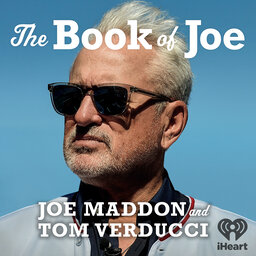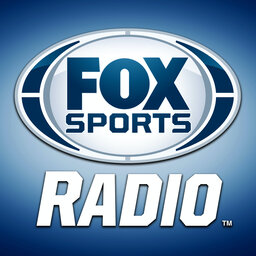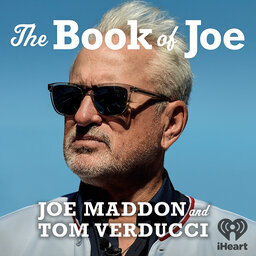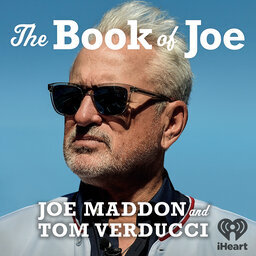In this episode of 'The Book of Joe' Podcast, Joe Maddon and Tom Verducci look at hitting and the unbelievable skill of Aaron Judge at the plate. Joe explains the tips and tricks he used to keep his batters prepared. Tom is amazed how the Mariners can have such great pitching, but completely miss the mark with hitting. Speaking of pitching, we highlight the best players on the mound this year and their strategies against the great hitters.
The Book of Joe Podcast is a production of iHeart Radio.
#fsr
 The Book of Joe with Joe Maddon and Tom Verducci
The Book of Joe with Joe Maddon and Tom Verducci




